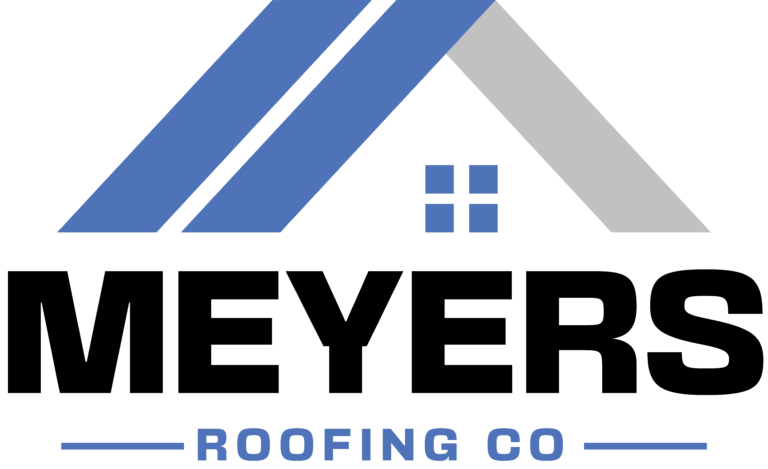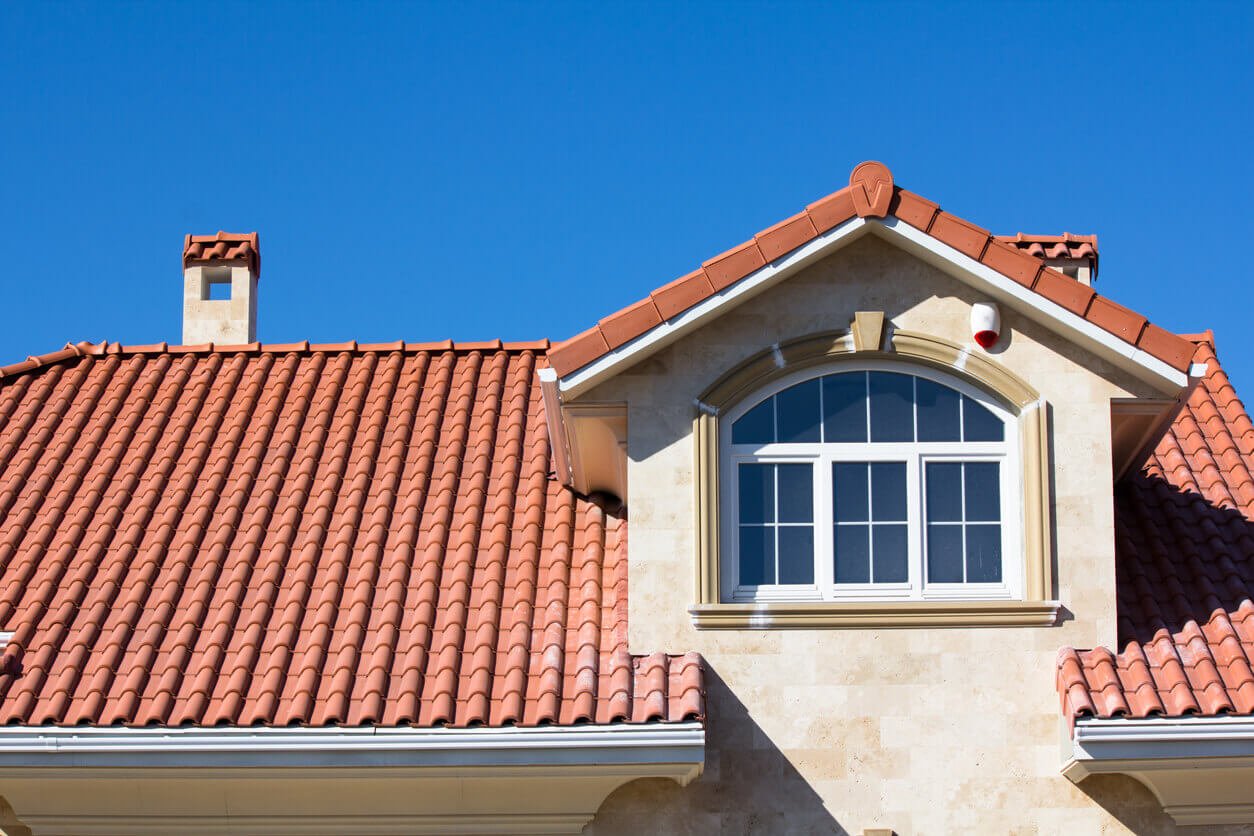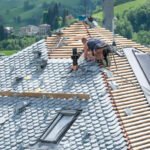The Ultimate Guide to Tile Reset for Your Roof
Tile roofs are known for their aesthetic appeal, durability, and long lifespan. With proper maintenance, these roofs can protect your home for decades. One crucial maintenance task for tile roofs is a tile reset.
In this blog, we’ll explore what a tile reset is, why it’s essential, the benefits it offers, the process involved, and when to consider it for your roof.
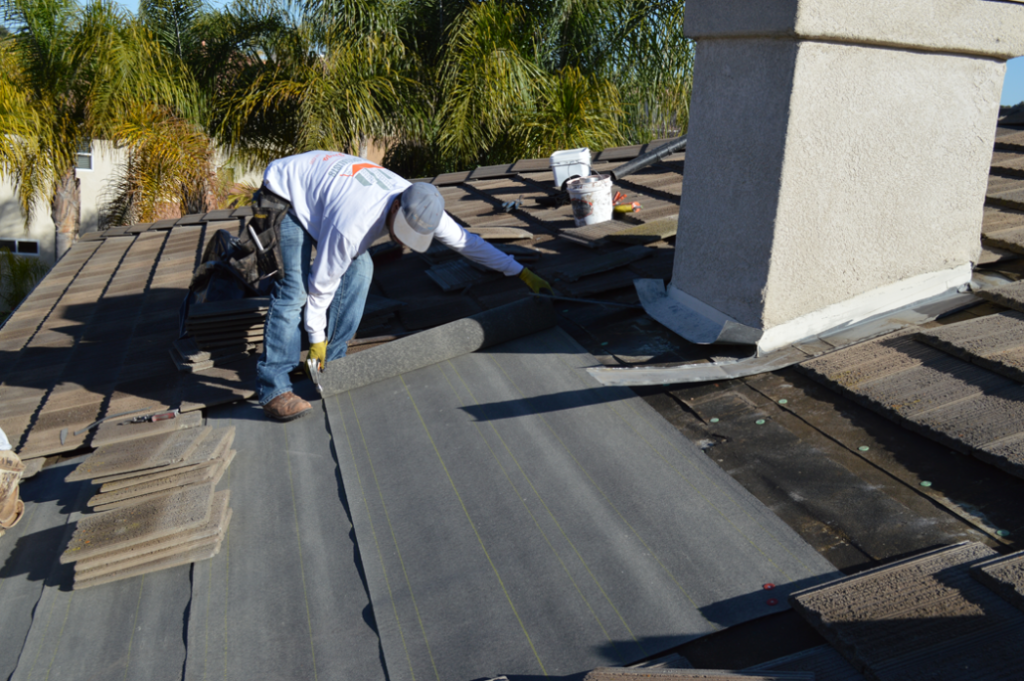
What is a Tile Reset?
A tile reset involves removing the existing roof tiles, inspecting and repairing the underlying materials, and then reinstalling the original tiles. This process addresses any damage to the underlayment, flashing, or roof decking while reusing the existing tiles if they are still in good condition.


Why is a Tile Reset Necessary?
Underlayment Deterioration
The underlayment is a vital component of your roofing system, acting as a secondary barrier against water infiltration. Over time, it can deteriorate due to exposure to the elements, even if the tiles themselves remain intact.
Leaks and Water Damage
Leaks are often caused by issues with the underlayment rather than the tiles. A tile reset allows for the replacement of damaged underlayment, preventing further water damage to your home.
Longevity and Cost Efficiency
Tiles can last for many years, but the underlayment usually does not last as long. A tile reset maximizes the lifespan of your existing tiles, making it a cost-effective solution compared to a full roof replacement.
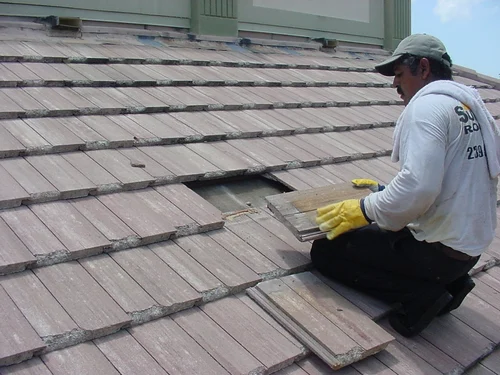
Benefits of a Tile Reset
Cost Savings
A tile reset is generally less expensive than a complete roof replacement because the original tiles are reused. This saves on both material and labor costs.
Aesthetic Consistency
Reusing your original tiles means your roof retains its original look, ensuring aesthetic consistency with the rest of your home.
Improved Performance
Replacing old, worn-out underlayment with new, high-quality materials enhances your roof’s overall performance, improving water resistance and providing better protection for your home.
Environmental Impact
By reusing existing tiles, a tile reset is an environmentally friendly option. It reduces waste and the need for new materials, contributing to more sustainable roofing practices.
Materials Used in a Tile Reset
Underlayment
The underlayment is a critical component in any roofing system, serving as a protective barrier between the roof deck and the tiles. For tile resets, it’s important to use a high-quality underlayment to ensure long-term protection and durability.
Best Choice: ULD Synthetic Underlayment
ULD Synthetic Underlayment is the preferred choice for tile resets due to its superior durability and performance. Unlike traditional felt underlayment, ULD is made from synthetic materials that are highly resistant to tearing, moisture, and UV damage. This underlayment provides excellent water resistance, helping to prevent leaks and extend the life of your roof.
Flashing
Flashing is used to seal and protect the joints and edges of the roof, particularly around areas where the roof meets vertical structures like chimneys and skylights. It prevents water from seeping into the roof structure and causing damage.
Best Choice: Metal Flashing
Metal flashing, typically made from aluminum or galvanized steel, is highly durable and resistant to corrosion. It effectively directs water away from critical areas of the roof, providing robust protection against leaks. During a tile reset, replacing or repairing damaged flashing is crucial to maintaining the roof’s integrity.
The Tile Reset Process
1. Inspection
A thorough inspection of your roof is conducted to assess the condition of the tiles and underlayment. Areas prone to problems, such as valleys, ridges, and flashing points, receive extra attention. Any signs of water damage, leaks, or structural issues are noted for further investigation and repair.
2. Preparation
Once the inspection is complete, the roof is prepared for the reset. This involves clearing the roof of debris like leaves, branches, or dirt that may interfere with the repair process. In some cases, pressure washing is necessary to remove stubborn grime and ensure a clean working surface.
3. Lifting and Resetting Tiles
Roofing professionals methodically lift each tile using specialized tools, taking care not to damage surrounding tiles or the underlying structure. The underlying surface is inspected for any signs of damage or deterioration. Damaged or improperly positioned tiles are replaced, while salvageable tiles are cleaned and prepared for resetting. The tiles are then securely reset into place using appropriate adhesives, fasteners, or mortar, ensuring proper alignment and spacing.
4. Finishing Touches
After the tiles are reset, a final inspection ensures that all repairs have been completed. Any remaining debris or loose materials are removed from the roof surface and surrounding areas. Gutters and downspouts are inspected and cleaned to ensure proper drainage and prevent future water damage.
Signs Your Roof Needs a Tile Reset
- Visible cracks or damage
- Misaligned or displaced tiles
- Sagging or uneven roof surface
- Leaks or water stains
- Loose or missing tiles
- Mold or mildew growth
- Visible wear and tear
- Increased energy bills
- Age of the roof
- Previous damage repairs

It’s crucial to address these issues promptly to prevent further damage to your home. The best time to get an underlayment replacement is before the old material starts letting moisture into your decking.
Cost Considerations of a Tile Reset
The cost of a tile reset is much cheaper than replacing the entire roof. On average, the cost to replace the underlayment on tile roofs is around $25,000 to 29,000, while full tile roof replacements can range from $30,000 to $60,000. This makes a tile reset a preferred option for maintaining your roof’s integrity and extending its lifespan.
Schedule an Inspection with Meyers Roofing Company
If you’re unsure whether your tile roof needs a lift and reset, it’s essential to get a professional inspection. Regular inspections can help you catch small issues before they become significant problems, ensuring your roof remains in good condition.
At Meyers Roofing Company, we specialize in tile roof maintenance, including tile resets. Our experienced team will conduct a thorough inspection, provide you with detailed findings, and perform the necessary repairs to keep your roof in top shape. Contact us today to schedule your inspection and get a free estimate.
By choosing Meyers Roofing Company for your tile reset, you ensure the continued protection and beauty of your home while making a sustainable and cost-effective choice. Let us help you preserve the longevity and integrity of your tile roof.
